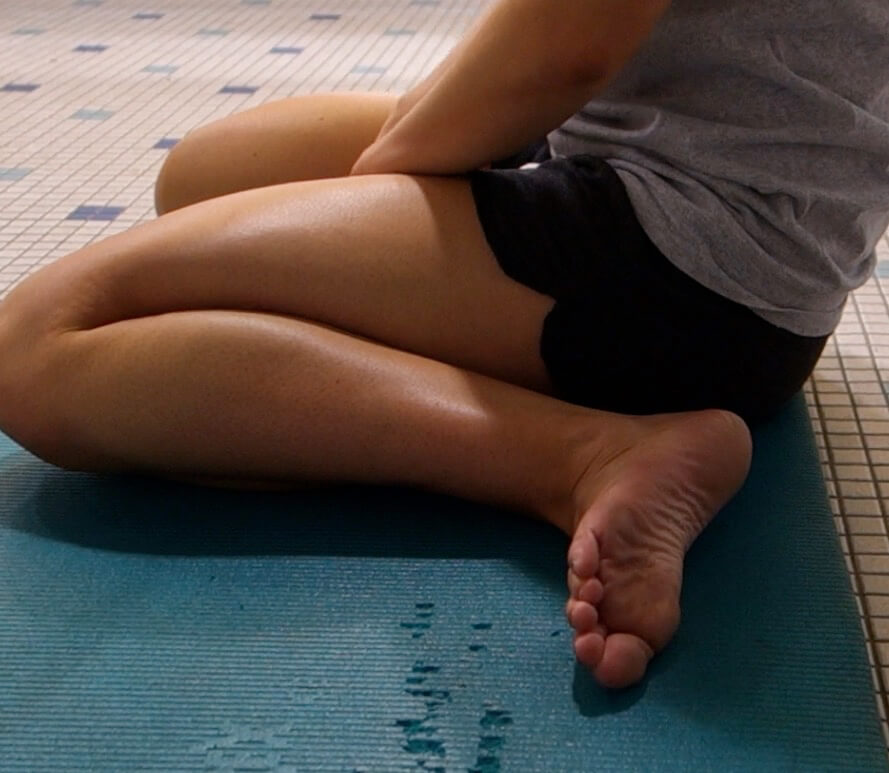BlueTrin
Scallops aficionado
He said something similar to @ginti , also apparently I didn’t extend fully the leg.
I tried to improve this over the second week.
I think I found it hard to actually do dives so shallow in an environment with restrictions so maybe I accumulated a bit too much air in my drysuit.
I think I got better over the second week, but I’ll try to get someone to film me when possible.
I tried to improve this over the second week.
I think I found it hard to actually do dives so shallow in an environment with restrictions so maybe I accumulated a bit too much air in my drysuit.
I think I got better over the second week, but I’ll try to get someone to film me when possible.




